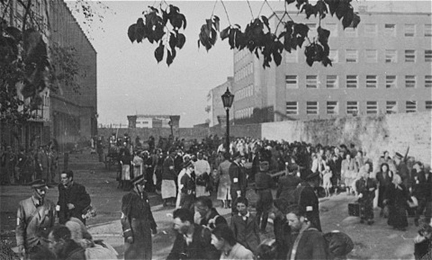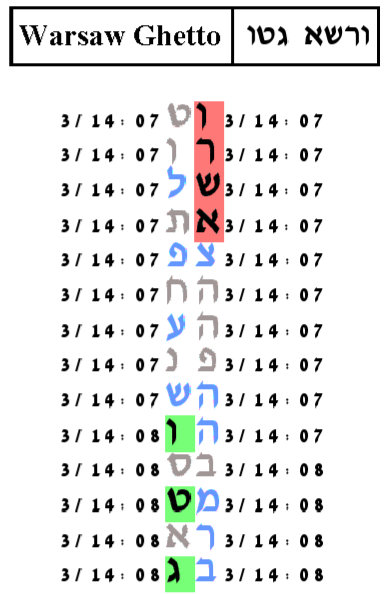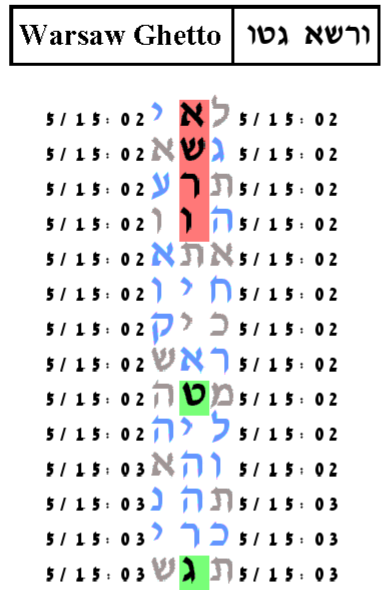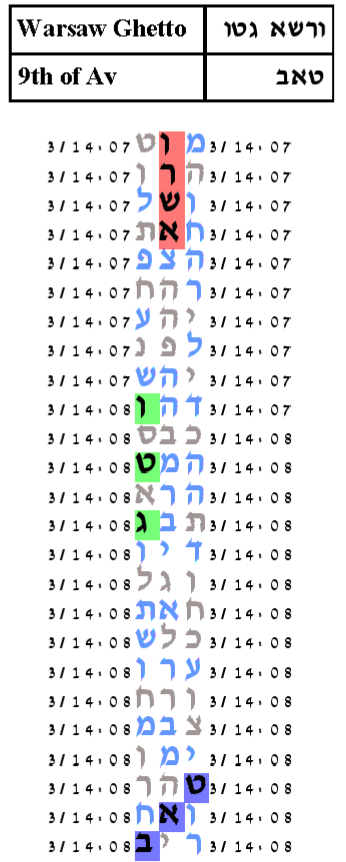| Home» Warsaw Ghetto |
Warsaw Ghetto
Germany invaded Poland on 31 August 1939. German forces reached the southern and western parts of the city on 8 and 9 September 1939. They surrounded the city and within three weeks they were occupying the city. Jews were subjected to attacks and discrimination. They were driven from food lines, seized for forced labour. Religious Jews wearing their traditional garbs were assaulted. Jewish teachers, craftsman, professionals, members of welfare and cultural institutions lost their positions, without any compensation, with little or no prospect of obtaining similar positions.
Then followed the decrees. First decrees about Jews having to wear armbands. Then decrees about money. Jews were ordered to deposit their money in a blocked bank account. The banks could release no more than 250 zloties per week to the holder of the account. These orders made it impossible for Jews to carry on economic activity in the open, and particularly outside of Jewish circles. In addition to blocking Jewish accounts and putting a stop to economic activity, the Germans also embarked upon the confiscation of Jewish enterprises, excluding small stores in the Jewish area. Jewish managers and staff were often removed, only being retained, if it suited the new owners.
On 12 October 1940, The Day of Atonement, the Jews were informed of the decree establishing a ghetto. The Jewish population, about 30% of the population of Warsaw, was forced packed into 2.4% of the city's area. A ten foot wall was built around the Ghetto to keep the Jews within. The food rations, allocated to the Warsaw Jews, consisted of 181 calories per day. The Jewish population began a slow starvation. Living conditions became unsanitary. By 1942, 5000 people a month were dying from starvation and disease.
On July 22, 1942 there was a new proclamation. With a few exceptions, all Jews were to be resettled to the east, regardless of age and sex. Resettlement to the east meant a one-way trip to the death camp Treblinka. But the Warsaw Jews did not know that. Jews began resettlement on July 23, 1942. This was the ninth of Av.

We choose as our main key word Warsaw Ghetto. First we will look for it as two words. We find two tables. Each table is on a cylinder of 3 columns. For the first table, the probability that a text from the ELS random placement text population would have as small a table as the one produced by the Torah text is 114/1000. For the second table, the probability that a text from the ELS random placement text population would have as small a table as the one produced by the Torah text is 29.5/1,000.


Next we checked for dates. First we checked the date 10th of Tishrei, the date of the establishment of the Warsaw Ghetto. The smallest area table in the Torah text containing the key word Warsaw Ghetto and 10th of Tishrei was not statistically significant. Then we checked the date 9th of Av. The result was statistically significant. The probability that a text from the ELS random placement text population would have as small an area table as that produced by the Torah text is 34/1,000.


 Documentaries and Tutorials
Documentaries and Tutorials